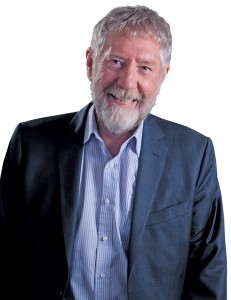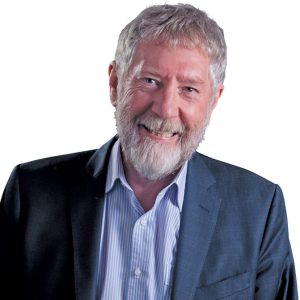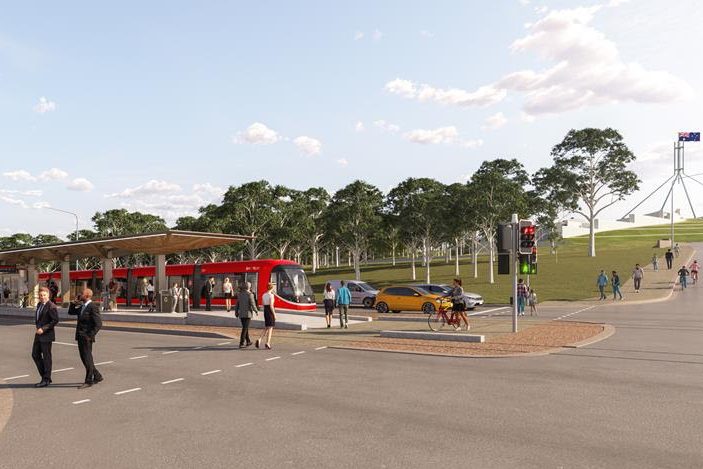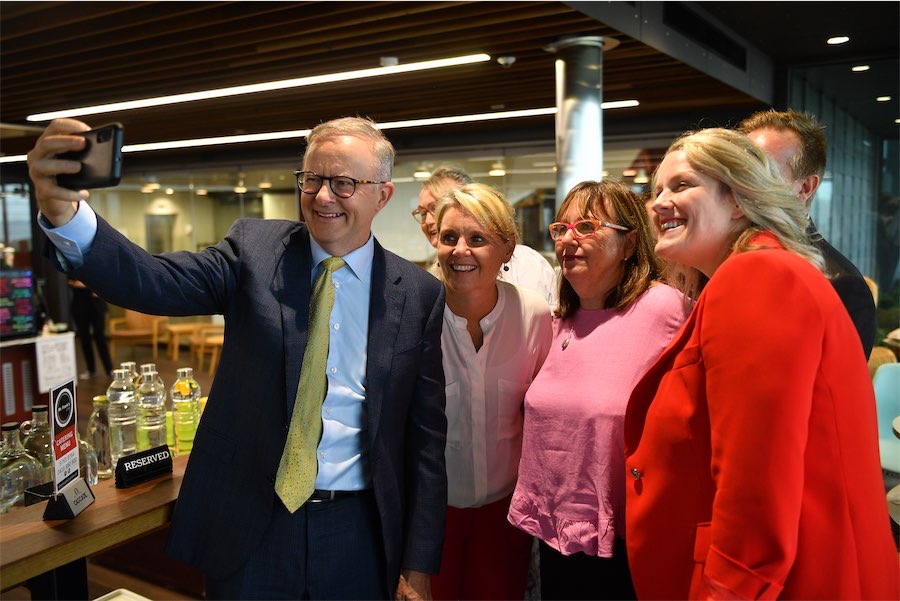PEDESTRIANS, cyclists and public transport play second, third or even fourth fiddle while the car remains king of Canberra.

The vast majority of us love our cars. The NRMA endeavours to protect the role of the car and ensure that individuals retain their right to move around the capital with the least possible impediment.
Proposed plans for the redevelopment of Kings Avenue and Commonwealth Avenue by the National Capital Authority (NCA) have had respondents raising the spectre of traffic chaos.
The aim of the NCA is to create grand boulevards from these key Parliamentary Triangle avenues at the same time as facilitating easy cycling and walking by giving priority to public transport, cyclists and pedestrians.
But surely not at the cost of our commuter time in our private cars! Environmentalists welcome the move. Greens MLA Caroline Le Couteur responded to the NRMA submission through Facebook.
“If you design a city for cars, it fails for everyone, including drivers. If you design a multi-modal city that prioritises walking, biking and public transport, it works for everyone… including drivers,” she wrote.
The redesign of these major avenues will also make way for an extension of light rail. The light rail will go through the Parliamentary Triangle to Woden and beyond. It provides a catalyst for planning an even grander national area. Appealing artists’ impressions of grand boulevards across the two bridges do have significant appeal. But is it enough?
What real chance is there that the light rail, our current bus system, cycling and walking will be able to replace the level of car use through this precinct? The NRMA submitted that 83 per cent of Canberrans use their personal vehicles to get to work. Many already cross one or other of the bridges.
The vision seems to be taken from the way Amsterdam was transformed from clogged roads half a century ago being replaced by vibrant streets with pedestrians, bicycles and buses taking priority. The same pattern was adopted by many cities across Europe and other parts of the world. Canberra planners see the long-term advantages.
The challenges for Canberra are great. There are the decentralised town centres. How to manage a successful transition to adequate public transport and to more acceptance of commuter cycling.
Planners should be aware of some European cities, such as Geneva, where the transition has not really worked. Although very well served by buses and light rail, gridlocked traffic is a constant issue. Interestingly, it is caused by limited road crossings over the Rhone and Lake Geneva.
Pedestrians and cyclists using either of the Canberra bridges would know their inadequacies and dangers. There is no doubt that it is time rethink the way they operate. Andrew Smith, acting CEO of the NCA, reinforced their commitment to community engagement. He argued the strategy proposes the road transport function of Kings and the Commonwealth Avenues be retained while also accommodating a range of other transport options.
The NRMA and South Canberra Community Council disagree. The NRMA submission argues that the NCA is bound by the Federal government’s road-user hierarchy, which places cars as the lowest priority for urban planning but does not suit Canberra’s transport movements. South Canberra Community Council president Marea Fatseas challenged the “more than 20,000 cars, buses and trucks travel along Commonwealth Avenue alone” as completely inaccurate traffic figures.
In the NCA’s perspective, “traffic congestion is a key issue for our growing city and the draft strategy recognises that in the future there will be additional pressures placed on the road network”.
However, it argues decisions are based on evidence as it uses “traffic impacts informed by detailed traffic modelling”.
In Canberra the car might be king for the moment. However, getting the balance right on planning in Canberra, even in the Parliamentary Triangle, is more likely to require the wisdom of that other king – Solomon!
Michael Moore was an independent member of the ACT Legislative Assembly (1989 to 2001) and was minister for health.
Some background:
nca.gov.au/consultation/kings-and-commonwealth-avenues-draft-design-strategy
Who can be trusted?
In a world of spin and confusion, there’s never been a more important time to support independent journalism in Canberra.
If you trust our work online and want to enforce the power of independent voices, I invite you to make a small contribution.
Every dollar of support is invested back into our journalism to help keep citynews.com.au strong and free.
Thank you,
Ian Meikle, editor





Leave a Reply